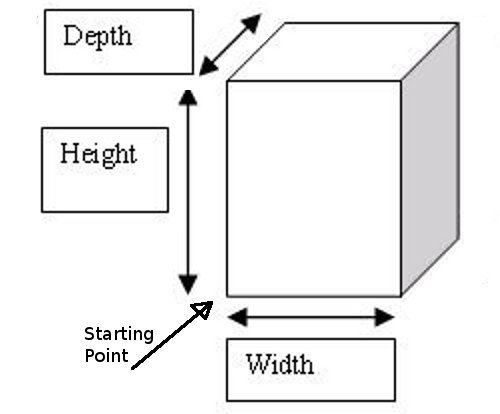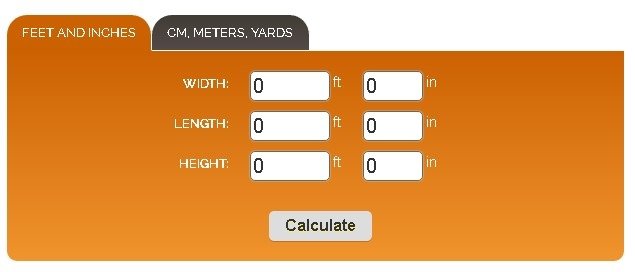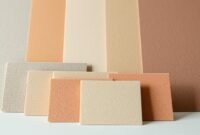You probably think that you don’t need to know how to calculate cubic feet, but life can take a strange turn – who knows what will happen in the future?
You may not need the knowledge for as long as you live, but there is also a chance that you need to know an item’s capacity and calculate the volume. Knowing how to calculate cubic inches or feet can be quite handy and useful.
Calculating Cubic Feet Common Use of Cubic Feet
Have you ever had to send a package and have no clue about calculating the dimensions? Or have you ever stared blankly at the living room, wondering about the dimensions and what kind of furniture you should have (including the sizes)? These are some of the important things when calculating cubic feet.

Remember that you only need to know the length, width and height of the objects, so you know the cubic feet capacity or volume. Multiply the length, width, and height, and you will already get the cubic feet volume. If the item is irregular, you can divide it into regular shapes and then calculate each part separately. Once you have got the results, you can add them together.
For example, calculating the volume of an object, like a kitchen cabinet, in an L shape requires dividing it into one long rectangular and one shorter part. Once you have calculated each, you can add the results together. You have got the volume cubic feet on your own!

How To Calculating Cubic Feet
How do you calculate cubic inches? This is the most common case when you are given the inch dimensions instead of feet. You use the methods of calculating cubic feet as described and explained before – using the inches is okay.
But once you have reached the final result, you need to convert the volume from cubic inches to cubic feet by dividing the numbers by 1728. What if you use meters? The method is the same, but you must multiply the final number by 35.31 to get it in cubic meters. What if you use yards? You need to multiply the final number by 27 to get cubic yards.
Calculating Cubic Feet Examples
A friend of mine wants to buy a box with the L shape. The longer rectangle comes with 30 x 60 x35 inches, while the smaller one comes with 14 x 18 x 35 inches. If you calculate the longer rectangle, it will be 63,000 inches in total. Divide it by 1728, resulting in 36,45 cubic feet.
If you calculate the smaller one, it will be 8,820 inches in total. Divide it by 1728, resulting in 5,10 cubic feet. And when you add them together, it will be 41,55 cubic feet.
Cubic Feet Calculator
Of course, there is another way to calculate the cubic feet – always use the calculator. If you go online, you will find different calculators, including cubic feet calculators.

You don’t need to do manual work; fill in the volume length, width, and height into the calculator and let the calculator do the work. You shouldn’t have to worry anymore about calculating cubic feet, should you?
Moreover, understanding how to calculate cubic feet can help determine the amount of soil needed for a garden bed, which is often sold in square feet. This knowledge proves invaluable not just in daily life but also in various professional and hobbyist projects.


